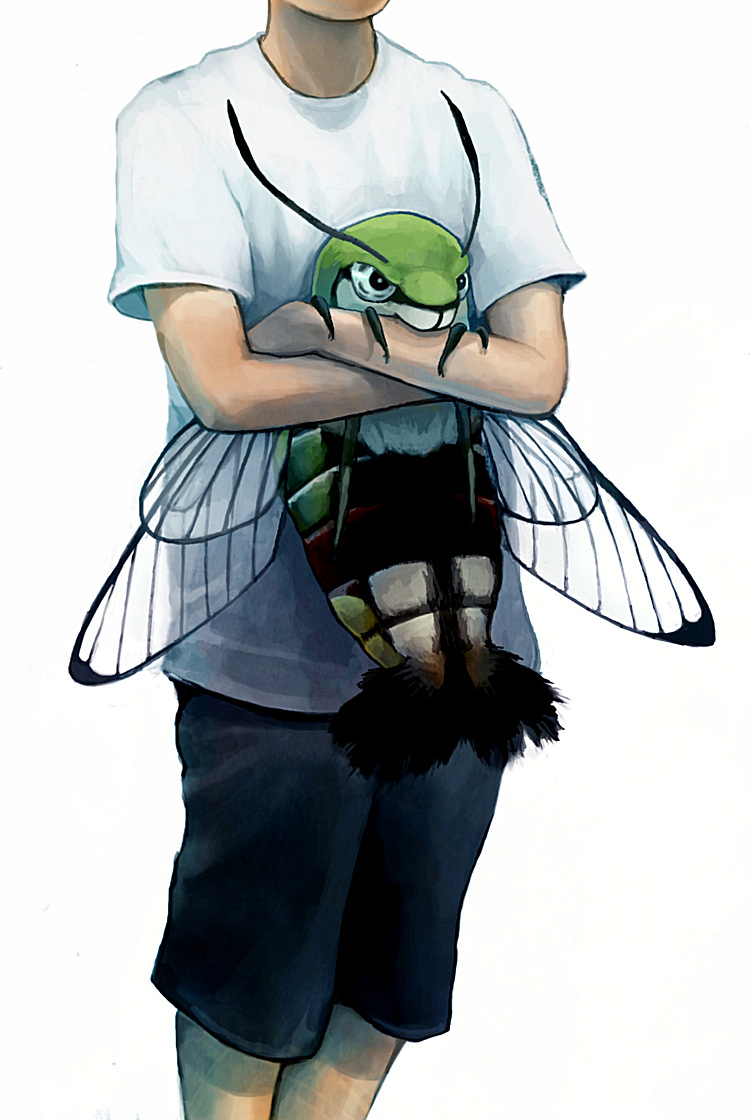
Also, they also make a deep humming sound when under stress. The Pellucid Hawkmoth is a diurnal insect and does not much respond to light. The Cephonodes hylas feed primarily upon the leaves of the coffee plant and pomegranate – good diet. They inhabit a variety of habitats, and provided the temperatures are warm enough and the right types of vegetation are present, they seem to thrive. Photo about Close up of pellucid hawk moth or greenish hyaline hawk moth (Cephonodes hylas Linnaeus). The insect has a rather wide distribution and lives primarily in areas of India, Japan, Africa, Sri Lanka, Southeast Asia, Australia, Madagascar, and Seychelles. It is also a beautiful cross between a cicada, a moth, and a glass winged butterfly. The Pellucid Hawk Moth, Cephonodes hylas, or Coffee clearwing, is a moderately large species of moth. Pellucid Hawkmoth Distribution, Habitat, and Ecology Source: In short, this is a beautiful moth worth spotting. The abdomen is somewhat tapered in shape and can be yellow, green, or orange. In adult individuals, the thorax is habitually also bright green. The legs and face are usually a light gray in color, and head and spiracles – mostly dark blue.īroad bands of yellow and red with a dark edging cross the body of the insect, which is stout in shape and reminds of the body of the bumblebee. The caterpillar is a beautiful bright green. They commonly possess black edging, as well as thin black veins throughout them. The wings are an unusual triangular shape and wispy thin. Most interestingly, the wings are transparent and reflect most light (creating antireflection) which makes the species difficult to see. Luna Moth White Ermine Comet Moth Source: ĬC License: Pellucid Hawk Moth Physical DescriptionĬephonodes hylas can possess a wingspan of up to 3 in (7.5 cm). Its greatest threat, however, obviously comes in the form of the ongoing effects of climate change. Habitat loss naturally poses a possible danger. The beautiful Lepidoptera nonetheless faces the same potential threats as many other species around the world.

The IUCN, therefore, presently has no listing for it. This further appears to be true throughout the entirety of its range. For the moment, at least, the Pellucid Hawkmoth appears to b maintaining a sizeable and stable population base. Browse 177 pellucid hawk moth stock photos and images available, or start a new search to explore more stock photos and images.The Swedish zoologist and botanist Carl Linnaeus made the first official recognition of it as a separate and distinct species.
:max_bytes(150000):strip_icc()/__opt__aboutcom__coeus__resources__content_migration__mnn__images__2017__07__pellucid-hawk-moth-59fa29fb40d54d3b8ab14300a0e39601.jpg)


However, in the pellucid hawk moth, Cephonodes hylas, numerous scales detach from a large region of the wing at initial take-off after eclosion consequently, a large transparent region without scales appears in the wing. View history Cephonodes hylas, the coffee bee hawkmoth, pellucid hawk moth or coffee clearwing, is a moth of the family Sphingidae. No scales of most lepidopterans (butterflies and moths) detach from the wings through fluttering.


 0 kommentar(er)
0 kommentar(er)
